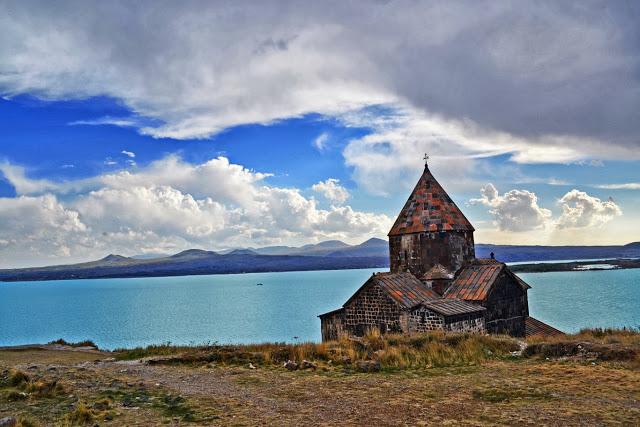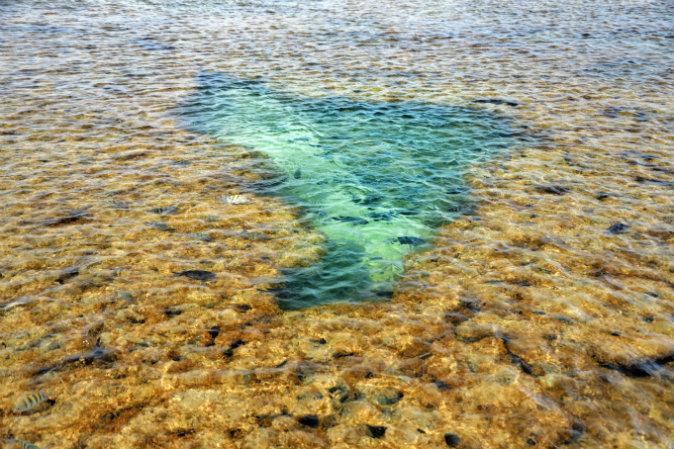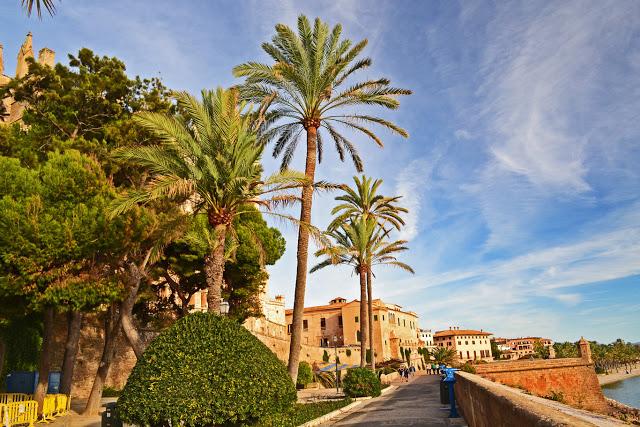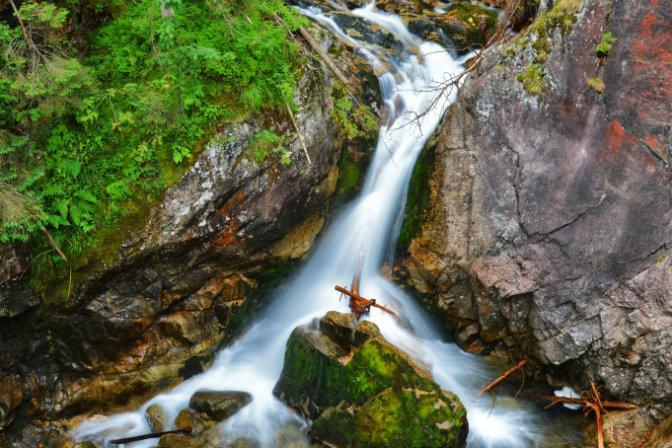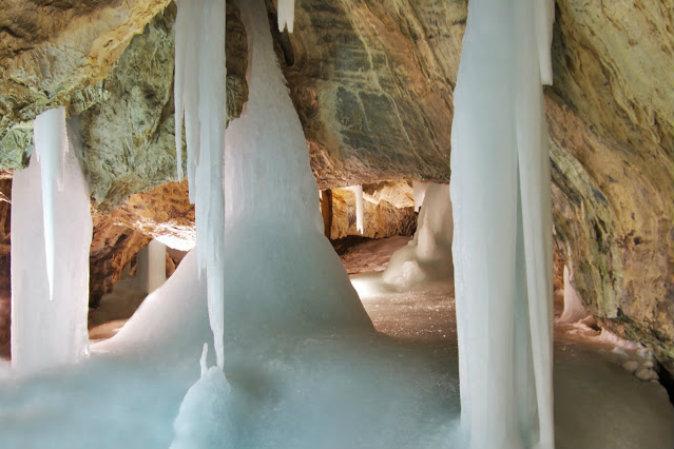It’s unbelievable how diverse Armenia is, how astonishing the landscapes are and how many attractions are packed within such a small territory. From the amazing view of snow covered Mount Ararat, through gorges, canyons and sandstone formations to the ancient temples and monasteries carved into the walls of the cliffs. Even driving through Armenia is an attraction in itself. It’s a great experience to discover something new, a country that is not visited by crowds of tourist and where a foreigner is still a rare sight.

One of the remote villages among the bare hills in Armenia (Tomasz Lisowski, Adventurous Travels)

